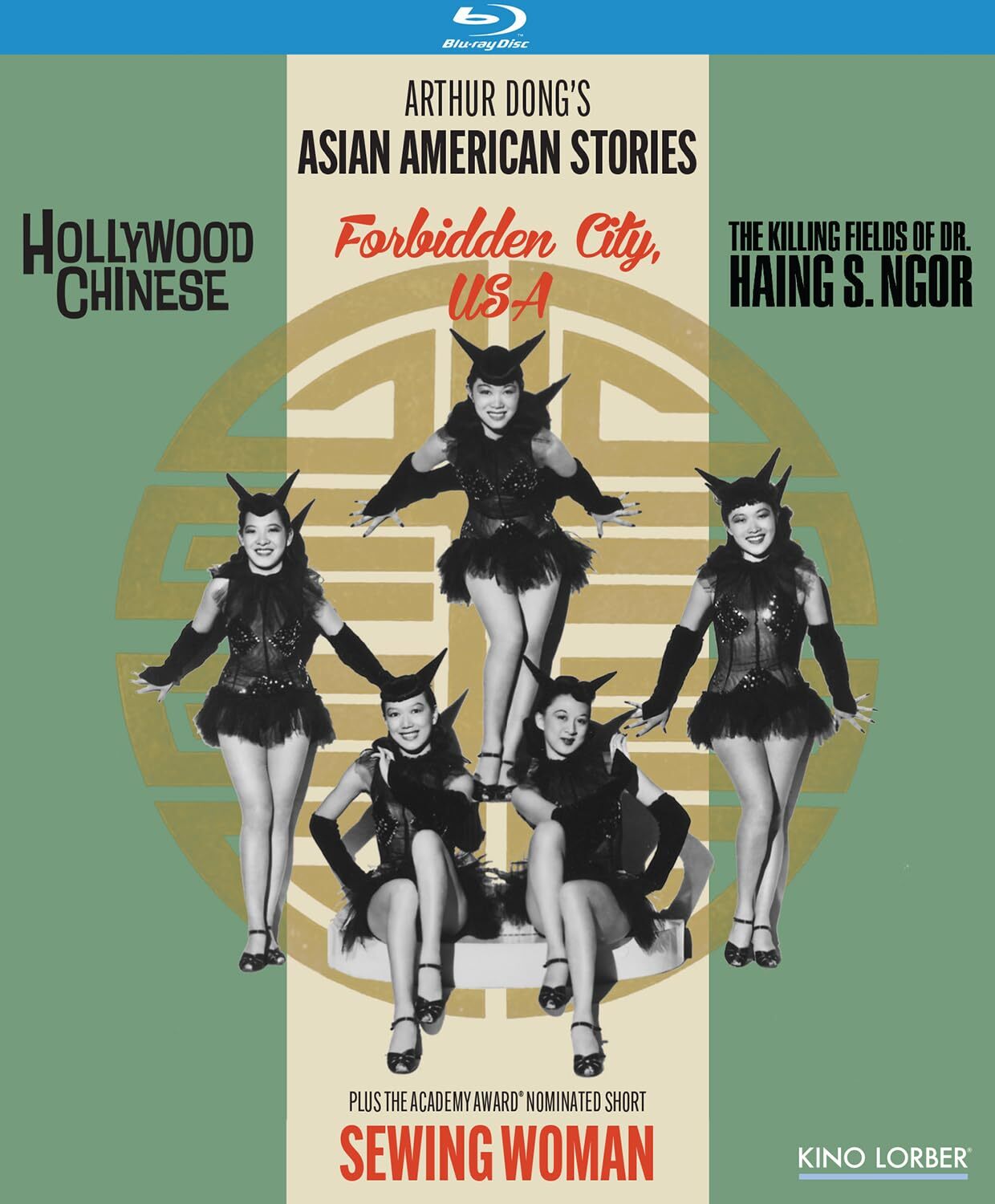Complex Characters, Complex Narratives: A Call For Authentic Asian And Asian American Stories

Table of Contents
The Problem of Stereotypical Representation
The persistent problem of stereotypical representation in media severely limits our understanding of Asian and Asian American communities. These simplistic portrayals not only fail to reflect the reality of diverse lived experiences but also inflict real-world damage.
One-Dimensional Characters
The media landscape is rife with tired tropes. Asian characters are frequently reduced to one-dimensional caricatures:
- The Model Minority: The perpetually successful, overachieving student or professional, devoid of flaws or personal struggles.
- The Submissive Woman: The demure, quiet, and often subservient female character, lacking agency and individuality.
- The Hyper-sexualized Figure: The exoticized and fetishized portrayal that reduces Asian women to objects of desire.
- The Kung Fu Master/Wise Old Man: These stereotypes rely on outdated and often offensive cultural tropes.
These simplistic representations reinforce harmful stereotypes, perpetuating misconceptions and contributing to prejudice against Asian and Asian American individuals. They limit the understanding of Asian and Asian American cultures, preventing genuine connection and empathy.
The Lack of Diverse Narratives
Beyond the individual character level, the stories themselves often lack diversity. A narrow range of narratives is presented, frequently excluding the experiences of:
- LGBTQ+ Asians, facing unique challenges at the intersection of sexual orientation and ethnicity.
- Working-class Asian families, whose struggles are often overlooked in favor of narratives focused on wealth and success.
- Asian immigrants, navigating the complexities of adapting to a new culture and overcoming systemic barriers.
- Individuals from the vast array of Asian ethnicities, each with distinct cultural histories and traditions.
The absence of these diverse narratives perpetuates a skewed and incomplete picture of Asian and Asian American life, denying the richness and complexity of these communities.
The Power of Authentic Representation
In stark contrast to harmful stereotypes, authentic representation holds immense power to foster understanding and amplify marginalized voices.
Fostering Understanding and Empathy
Accurate portrayals of Asian and Asian American experiences promote cross-cultural understanding and empathy. By showcasing the complexity of individual lives and the nuances of diverse cultures, we can combat prejudice and promote inclusivity.
- The success of shows like "Fresh Off the Boat" and "Master of None" demonstrates the power of authentic storytelling to resonate with audiences and challenge stereotypes.
- Media plays a pivotal role in shaping public perceptions, making authentic representation crucial for challenging misconceptions and fostering positive relationships between communities.
Amplifying Marginalized Voices
Giving voice to underrepresented groups within the Asian and Asian American communities is crucial for social justice and equity. Authentic representation allows these communities to share their own stories, promoting self-determination and challenging dominant narratives.
- Projects like "Parasite" (South Korean) and "Minari" (Korean-American) showcase the power of authentic voices and cultural perspectives, achieving critical and commercial success.
- Creators who are themselves from the communities they depict bring an invaluable layer of authenticity and understanding to their work.
Creating Authentic Asian and Asian American Stories
Creating truly authentic stories requires a conscious effort to collaborate, conduct thorough research, and move beyond simplistic stereotypes.
Collaboration and Consultation
Collaboration with experts and community members is paramount to ensure cultural accuracy and avoid cultural appropriation.
- Engage with cultural consultants who possess deep knowledge of the specific cultures being represented.
- Seek feedback from community members to ensure authenticity and sensitivity.
- Utilize resources like cultural centers, community organizations, and academic institutions for research.
Moving Beyond Stereotypes
Developing nuanced characters and storylines requires careful consideration and a commitment to moving beyond harmful stereotypes.
- Create complex characters with relatable flaws, strengths, and multifaceted personalities.
- Explore a diverse range of themes and experiences, showcasing the full spectrum of Asian and Asian American life.
- Avoid using singular narratives to represent the entirety of a diverse culture. Instead, tell individual stories that contribute to a broader tapestry of experiences.
Conclusion
The need for authentic and complex portrayals of Asian and Asian American experiences is urgent. Stereotypical representations inflict harm, while authentic storytelling fosters understanding, empathy, and social justice. We must actively demand better representation in media, support Asian and Asian American creators, and actively seek out and share Authentic Asian and Asian American Stories. Let's amplify marginalized voices, celebrate cultural richness, and work together to create a more inclusive and equitable media landscape. By embracing diverse narratives, we build a future where every story finds its voice and every community is seen and understood for its unique complexity.

Featured Posts
-
 Boris Dzhonson Zarabatyvaet Na Fotografiyakh Pravda I Slukhi
May 11, 2025
Boris Dzhonson Zarabatyvaet Na Fotografiyakh Pravda I Slukhi
May 11, 2025 -
 Knicks Or Pistons Magic Johnsons Bold Playoff Prediction
May 11, 2025
Knicks Or Pistons Magic Johnsons Bold Playoff Prediction
May 11, 2025 -
 Mueller Lockas Bort Fran Bayern Intresse Fran Tva Klubbar
May 11, 2025
Mueller Lockas Bort Fran Bayern Intresse Fran Tva Klubbar
May 11, 2025 -
 Rahal Letterman Lanigan Racing Invests In Future With Driver Scholarship
May 11, 2025
Rahal Letterman Lanigan Racing Invests In Future With Driver Scholarship
May 11, 2025 -
 The Truth Behind Selena Gomez And Benny Blancos Alleged Baby Plans
May 11, 2025
The Truth Behind Selena Gomez And Benny Blancos Alleged Baby Plans
May 11, 2025
